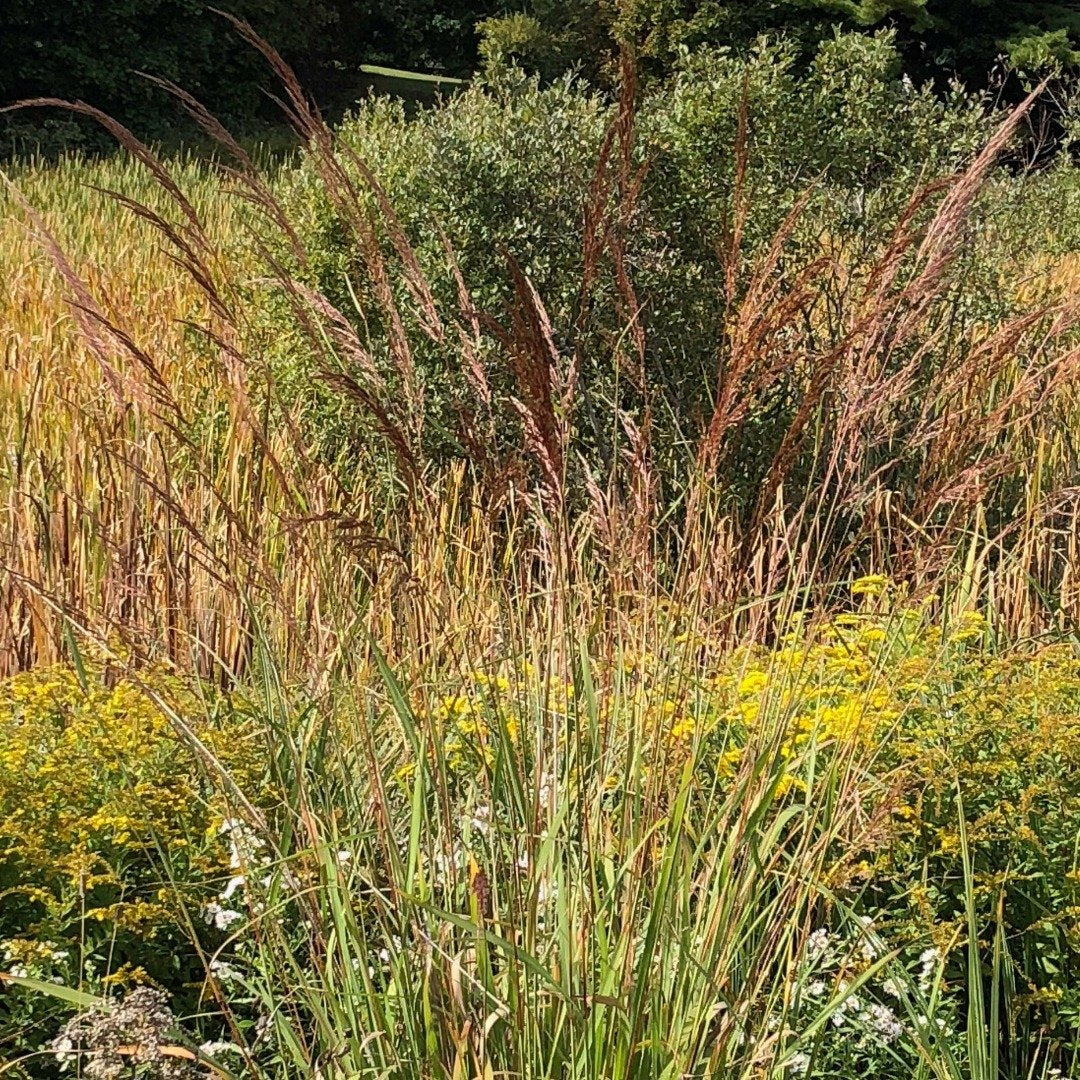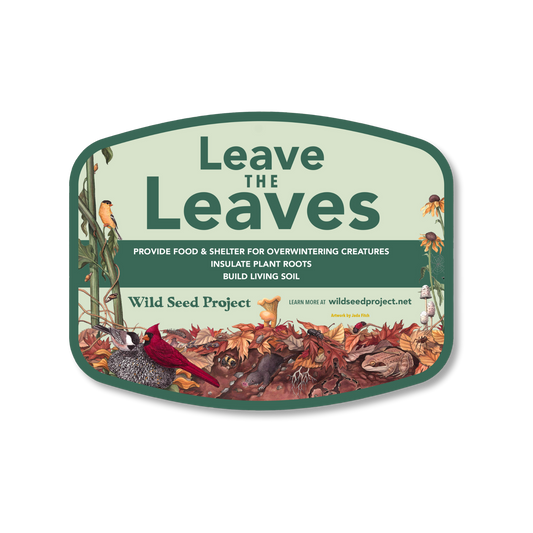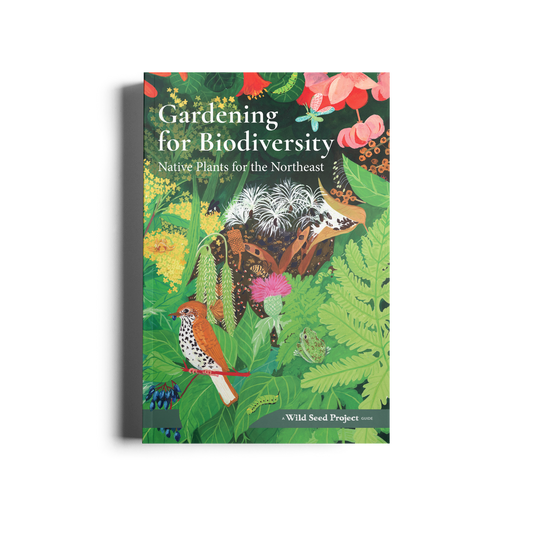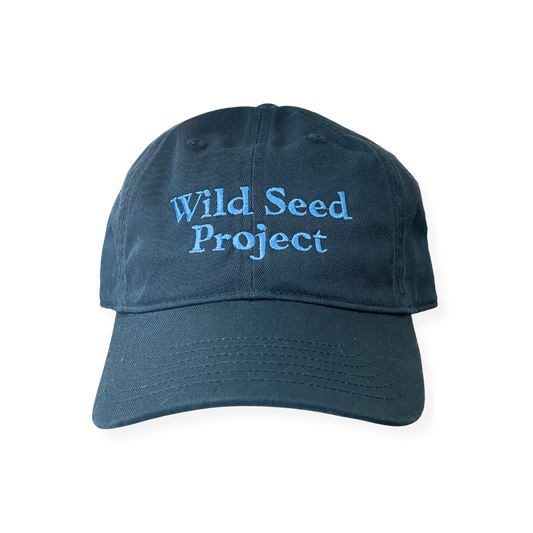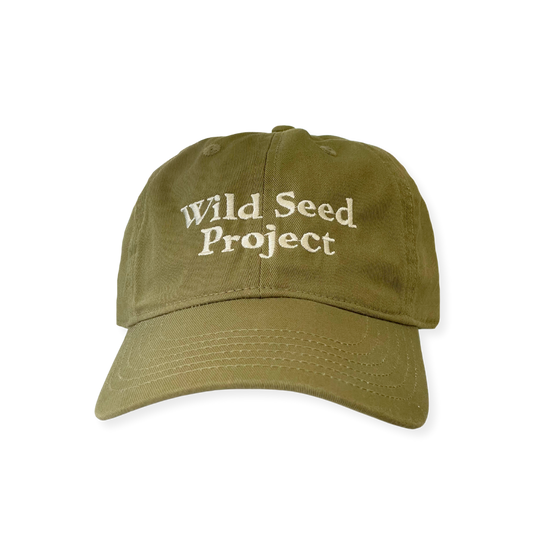Yellow prairie grass (Sorghastrum nutans) Seeds
Yellow prairie grass (Sorghastrum nutans) Seeds
In stock
Couldn't load pickup availability
A striking large grass that forms showy, coppery seed heads in late summer. A grass with high wildlife value for the seeds, cover, and as a host plant for skipper butterflies. Too aggressive for gardens but an excellent addition to meadows. Deer-resistant.
Native to Maine: Yes. Uncommon in Maine but widespread to the south and west.
Growing conditions: Sun in medium to dry soil
Grows up to: 6'
Pairs well with: Butterfly milkweed, wild bee-balm, downy goldenrod, common milkweed, and smooth blue aster
Natural habitat: Meadows, roadsides, woodland openings, and rocky shorelines
Seeds per packet: 50-100
These seeds do not need a winter or cold period to germinate. Sow outdoors in pots November through May. A great species for beginner seed-sowers.
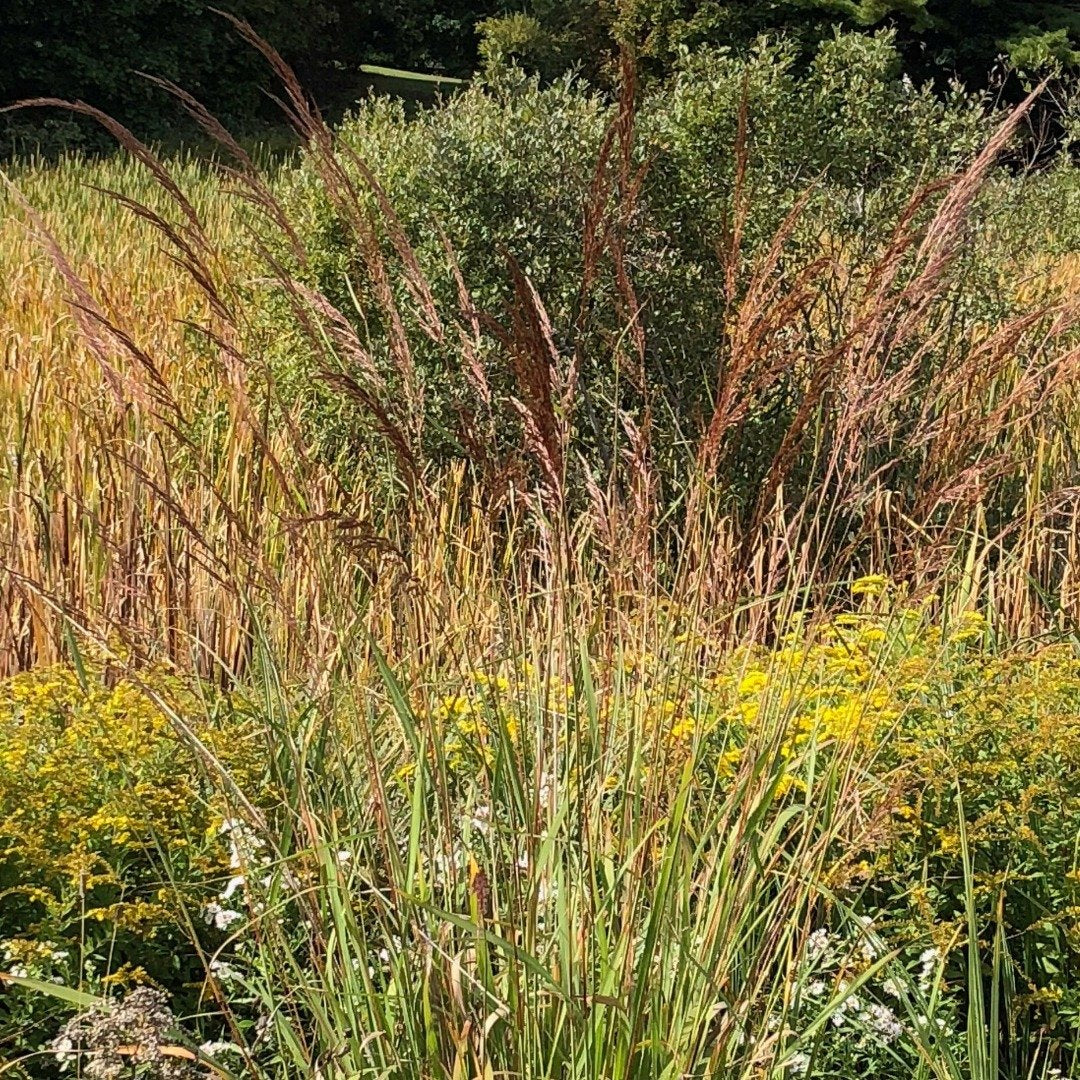
More from Wild Seed Project
-
Leave the Leaves Yard Sign
Regular price $ 23.80 USDRegular priceUnit price / per$ 28.00 USDSale price $ 23.80 USDSale -
Gardening for Biodiversity: Native Plants for the Northeast
Regular price $ 22.00 USDRegular priceUnit price / per -
Classic Logo Hat in Blue
Regular price $ 26.00 USDRegular priceUnit price / per$ 30.00 USDSale price $ 26.00 USDSale -
Classic Logo Hat in Moss
Regular price $ 26.00 USDRegular priceUnit price / per$ 30.00 USDSale price $ 26.00 USDSale
